Without a doubt, California has been a leader in health care reform for children and families in more ways than one. When the Affordable Care Act (ACA) was signed into law six years ago, we were the first state in the nation to enact legislation creating a health insurance marketplace—Covered California—offering affordable private insurance options to Californians. Early on, California expanded its Medicaid program to include more low-income adults. To make sure as many children received dental coverage as possible, California embedded dental benefits into the medical benefits package received under Qualified Health Plans in Covered California.
Beyond the reforms included in the ACA, a new group of immigrant children and youth qualified for Medi-Cal coverage in California with the creation of the federal Deferred Action for Childhood Arrivals (DACA) program. Most recently, the State continued to expand its coverage opportunities for those left out of the ACA, namely our immigrant children. As of May 2016, full Medi-Cal benefits are available to all low-income children, regardless of immigration status. A movement that began at the community level has extended statewide, and now all kids have access to coverage across California, the state with the largest immigrant population in the nation.
As more children than ever before have access to health coverage they need and deserve, we must ensure the benefits match their child-specific needs to ensure their healthy development. Quality coverage for kids means a benefits package including child-centered services, such as childhood developmental screenings, hearing aids, and pediatric specialty care. Children with health coverage have better access to needed care, lead healthier lives, and perform better in school.
While coverage eligibility in our country and California is the best it has been in our history, there are still some that remain unable to access affordable insurance. Moderate-income families may be locked out of access to financial assistance for marketplace coverage. Despite the gains made for children, there are still 1.5 million adults in California who remain ineligible for full-scope coverage through Medi-Cal or Covered California due to their immigration status. Fortunately, the Governor recently signed legislation requiring California to seek federal approval to also offer Covered California coverage options to undocumented immigrant Californians, but they would remain ineligible for federal subsidies for their health coverage.
Building on the incredible progress of the ACA will require further federal and state action. At the federal level, some important coverage refinements include:
- Fixing the “Family Glitch,” which refers to how some moderate-income families may be locked out of access to financial assistance for marketplace health plan coverage due to employer coverage that is available yet unaffordable. Federal clarification of the “affordability test” of employer coverage could allow dependents to qualify for marketplace coverage subsidies if the employer’s family coverage is unaffordable.
- Defining the required “pediatric services” category of Essential Health Benefits. ACA requires all Qualified Health Plans to offer a package of Essential Health Benefits, including pediatric services. However, this unique package of benefits has not yet been defined, and states are instead instructed to choose benchmark plans based primarily on employer-based plan packages, which are geared toward adults rather than children. Medicaid’s Early Periodic Screening, Diagnosis, and Treatment (EPSDT) benefit is specifically designed to provide childhood developmental assessments and specific pediatric care, and it serves as a worthy model.
California can continue to be a leader in health care reform for children and their families by taking action on the following:
- Expand Medi-Cal to low-income undocumented immigrant adults and allow undocumented immigrants to purchase coverage through Covered California. When parents are eligible for coverage, the whole family is more likely to enroll and more children can get the health care they need. With the enactment of SB 10, California has the opportunity to allow more Californians the opportunity to purchase health plans through California’s health insurance marketplace.
- Explore affordable coverage options for California families excluded from Covered California subsidies due to the “affordability test.” In the interim, before a federal “family glitch” fix, California could identify coverage options these families can afford. Access to health insurance is important for every Californian and to ensure a healthy future for our children.
- Better define and provide the “Pediatric Services” Essential Health Benefit to youth up to age 21. In lieu of a federal definition of the “pediatric services” Essential Health Benefit, the State should pursue options for offering full child benefits (such as EPSDT) through Covered California for children as a means of providing a sufficient pediatric services benefit package. Also, despite federal regulations stating that states have the flexibility to extend pediatric services coverage beyond the age of 19 and receive federal financial assistance for doing so, California policymakers have yet to exercise this option. Extending to 21 would help more youth receive critical, comprehensive services, including oral and vision care, as they transition into adulthood.
Read more in our new report, “The Affordable Care Act and Children’s Coverage in California: Our Progress and Our Future.”
